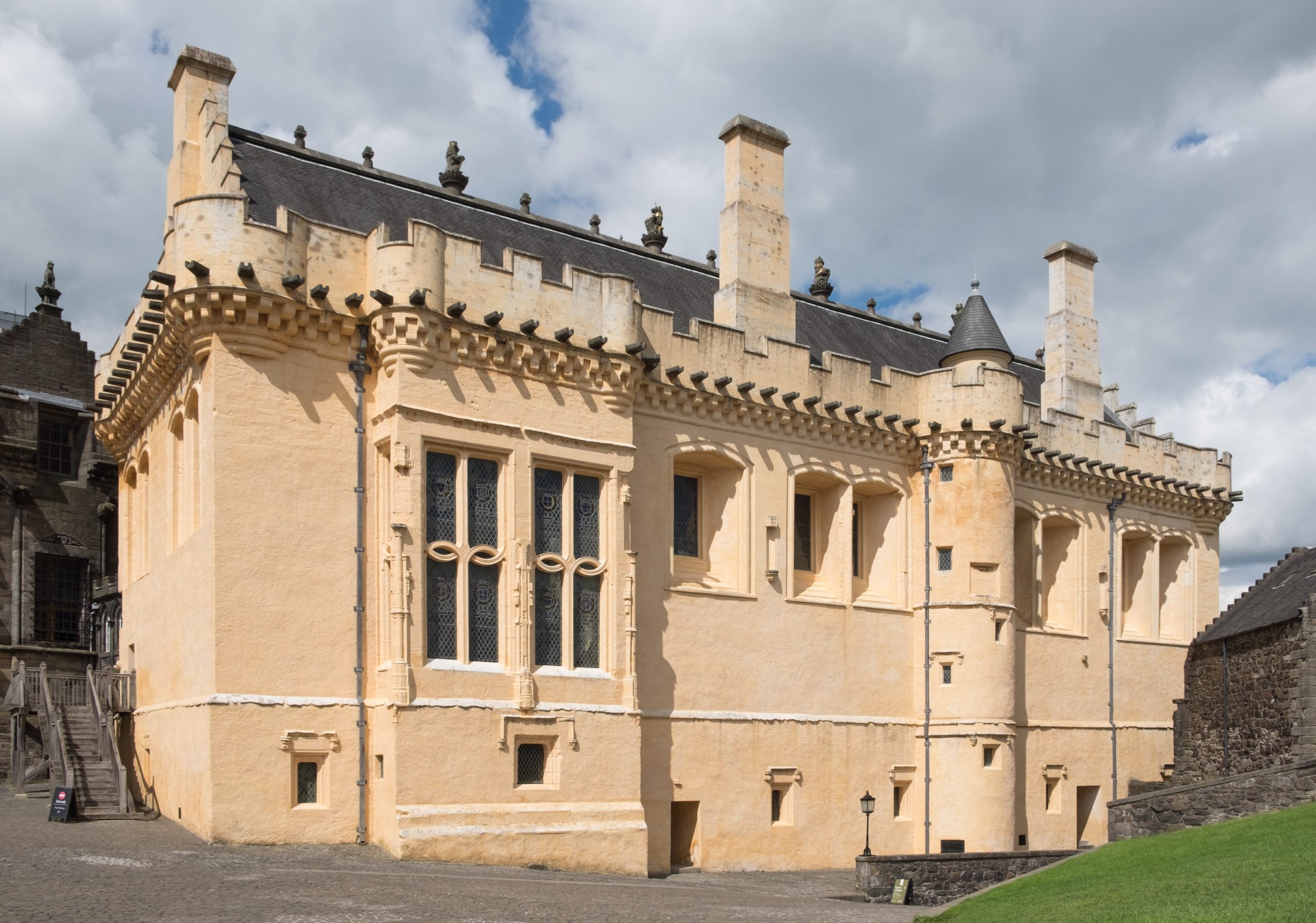The Stirling Castle Siege is a significant event in Scottish history, with multiple instances of sieges occurring throughout the centuries. This blog post will delve into the details of the two most notable sieges: the 1304 siege during the First War of Scottish Independence and the 1746 siege during the Jacobite Rising of 1745.
The 1304 Siege

The 1304 siege of Stirling Castle was a crucial event in the First War of Scottish Independence. It pitted the Kingdom of Scotland against the Kingdom of England, with the English forces led by King Edward I and the Scottish forces commanded by Sir William Oliphant.
Belligerents and Commanders
- Belligerents: Kingdom of Scotland, Kingdom of England
- Commanders and Leaders: Sir William Oliphant (Scotland), King Edward I (England)
Strength and Duration
- Strength: 30 men (Scotland), 12 siege engines, unknown number of troops (England)
- Duration: April to July 1304
Outcome
The English laid siege to the castle, using various siege engines, including the massive trebuchet called the Warwolf. The Scots eventually surrendered on July 24, 1304, after the Warwolf was deployed.
The Significance of the 1304 Siege

The 1304 siege of Stirling Castle was a significant event for several reasons:
- Last Stronghold of Scottish Resistance: Stirling Castle was the final stronghold of Scottish independence during the First War of Scottish Independence.
- Edward I’s Campaign: The siege was part of Edward I’s broader campaign to subdue Scotland, which ultimately led to the capture of the castle and the temporary English control over Scotland.
The 1746 Siege
The 1746 siege of Stirling Castle was a part of the Jacobite Rising of 1745, which saw the Jacobites, led by Charles Stuart and James Drummond, attempt to overthrow the British Government.
Belligerents and Commanders
- Belligerents: British Government, Jacobites
- Commanders and Leaders: William Blakeney (Government), Charles Stuart and James Drummond (Jacobites)
Strength and Duration
- Strength: 8,000-9,000 (Government), 700 (Jacobites)
- Duration: January 8 to February 1, 1746
Outcome
Despite the Jacobites’ initial success in defeating a relief force, the siege made little progress due to a lack of siege equipment. The Jacobites eventually withdrew when Cumberland’s army approached.
The Impact of the 1746 Siege
The 1746 siege of Stirling Castle had a significant impact on the Jacobite Rising:
- Failure to Capture the Castle: The Jacobites’ inability to capture Stirling Castle, a strategic stronghold, weakened their position and contributed to the eventual failure of the 1745 Rising.
- Lack of Siege Equipment: The Jacobites’ lack of heavy artillery and siege engines hindered their ability to breach the castle’s defenses, ultimately leading to the abandonment of the siege.
Additional Details
- Strategic Location: Stirling Castle is situated at the crossing of the River Forth, making it a crucial location for access to the north of Scotland.
- Multiple Sieges: Stirling Castle has been besieged at least eight times throughout its history, with sieges occurring in 1299, 1304, 1337, 1571, 1585, 1651, and 1746.
